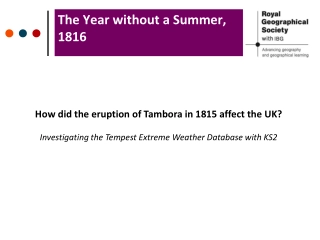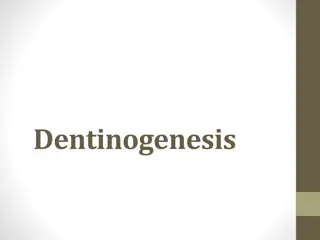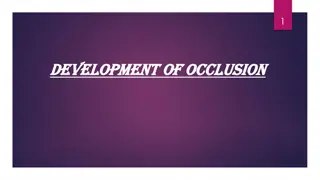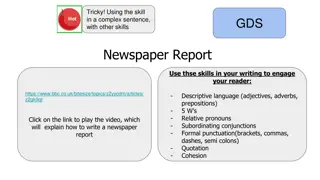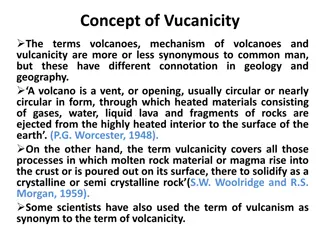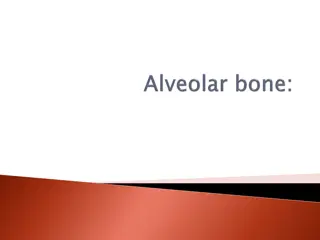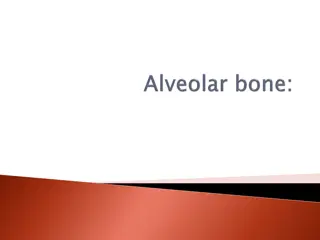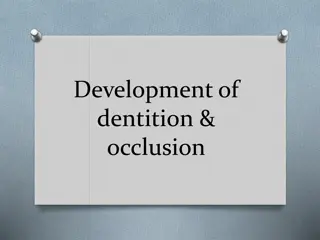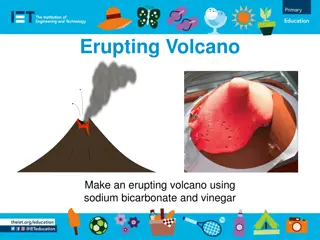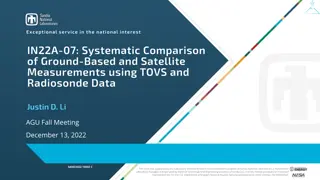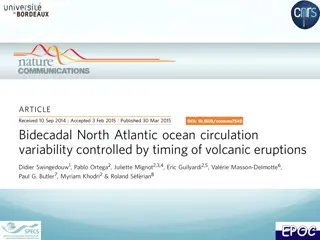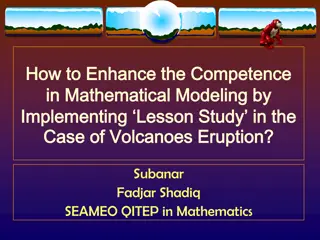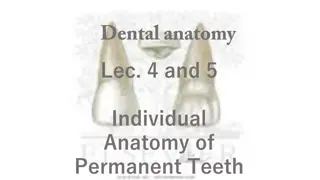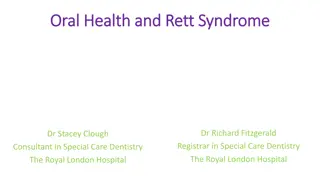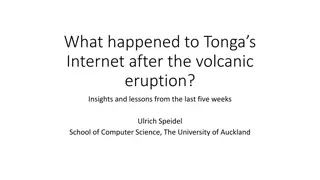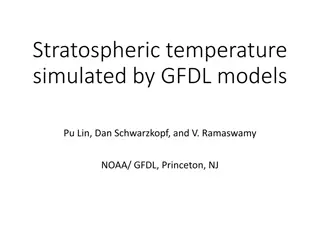
Phases of Tooth Eruption & Eruptive Tooth Movement Overview
Explore the phases of tooth eruption and eruptive tooth movement in dentistry, including mechanisms and clinical considerations. Learn about active and passive eruption, orthodontic tooth movements, malocclusion issues, and more. Discover the key concepts and details essential for understanding this critical aspect of dental health.
Download Presentation

Please find below an Image/Link to download the presentation.
The content on the website is provided AS IS for your information and personal use only. It may not be sold, licensed, or shared on other websites without obtaining consent from the author. If you encounter any issues during the download, it is possible that the publisher has removed the file from their server.
You are allowed to download the files provided on this website for personal or commercial use, subject to the condition that they are used lawfully. All files are the property of their respective owners.
The content on the website is provided AS IS for your information and personal use only. It may not be sold, licensed, or shared on other websites without obtaining consent from the author.
E N D
Presentation Transcript
PURPOSE STATEMENT At the end of the lecture student should be able to describe the Phases of tooth eruption & Eruptive tooth movement
LEARNING OBJECTIVES At the end of the lecture the student should be able to S.N. Learning Objectives Domain Level Criteria Condition Condition 1 Describe the mechanism of tooth eruption movement Enlist and define types of tooth eruption Describe clinical consideration of eruption Cognitive Must Know All 2 Cognitive Must Know All 3 Cognitive Must Know All
Anterior compartment of occlusal force: An anteriorly directed force is generated when teeth are clenched, due to the mesial inclination of most teeth and the forward-directed force generated from inter-cuspal forces.
Active eruption: to compensate incisal and occlusal wear Passive eruption: gradual recession of the gingiva and the underlying alveolar bone Both active and passive eruption leads to lengthening of clinical crown
MECHANISMS OF ERUPTIVE TOOTH MOVEMENT Root formation Bone remodeling Dental Follicle Periodontal ligament traction Vascular pressure -the teeth 'jiggle' up and down in synchrony with the arterial pulse. A logical test, therefore is to surgically remove the growing root. When this is done, the tooth continues to erupt.
Clinical consideration Orthodontic tooth movements Premature eruption of teeth Tooth ankylosis Missing tooth Impaction - failure to erupte.g., from too little gap after premature loss of deciduous tooth
Malocclusion Infra-occlusion (not high enough) Excessive drift Tilting (can occur early from germ rotation)
DECIDUOUS Months CI LI C First Molar Second Molar Maxillary 7 1/2 9 18 14 24 Mandibular 6 7 16 12 20 PERMANENT Years CI LI C First Pre- molar Secon d Pre- molar First molar Secon d molar Third molar Maxill ary Mandi bular 7-8 8-9 11- 12 9-10 10-12 10-12 6-7 12-13 17-21 6-7 7-8 10-12 11-12 6-7 11-13 17-21
SUMMARY Mixed dentition: presence of both dentitions Definition Phases of tooth eruption Eruptive tooth movement
BIBLIOGRAPHY Color Atlas And Text Book Of Oral Anatomy, Histology Berkovitz, B. 1ST edition. Oral Development and Histology Avery, j. K.1st edition. Orban's Oral Histology and Embryology Bhaskar, s. N.11th edition. Oral Histology : Development, Structure and Funct Tencate, a. R. 4th edition. Dental Embryology, Histology & Anatomy. Marry Bath- Balogh Inergaret. 2nd edition.
Thank you Thank you

